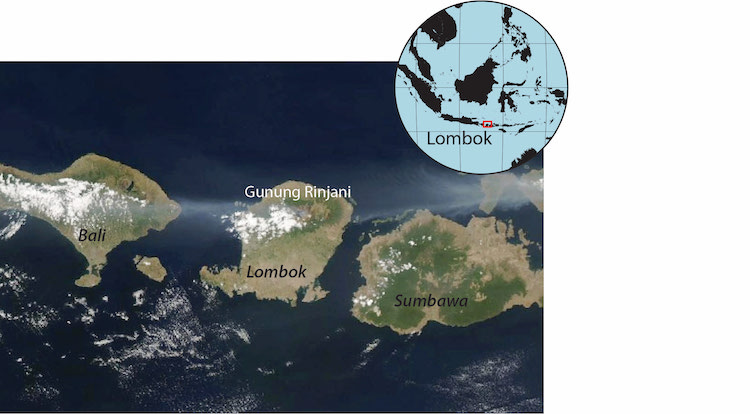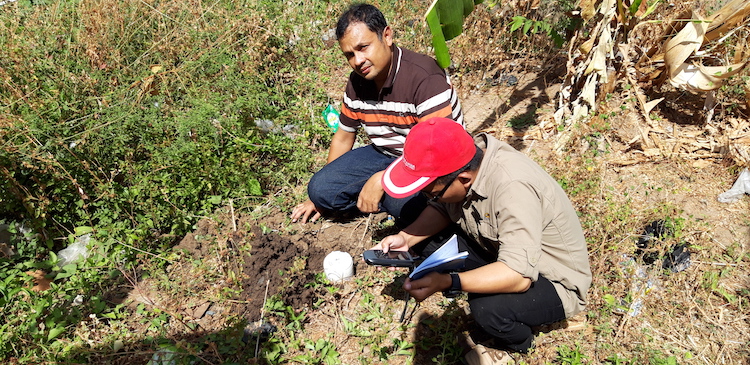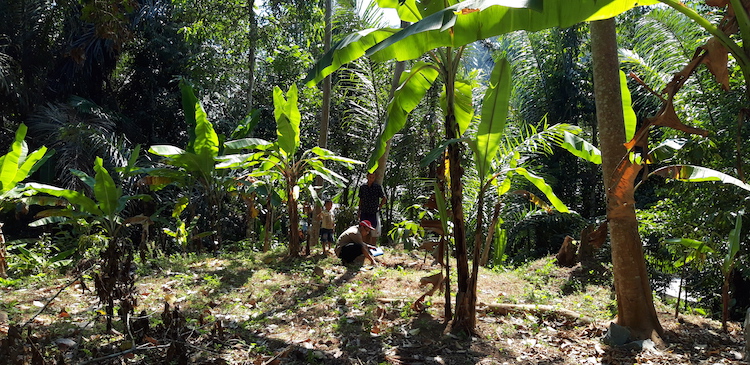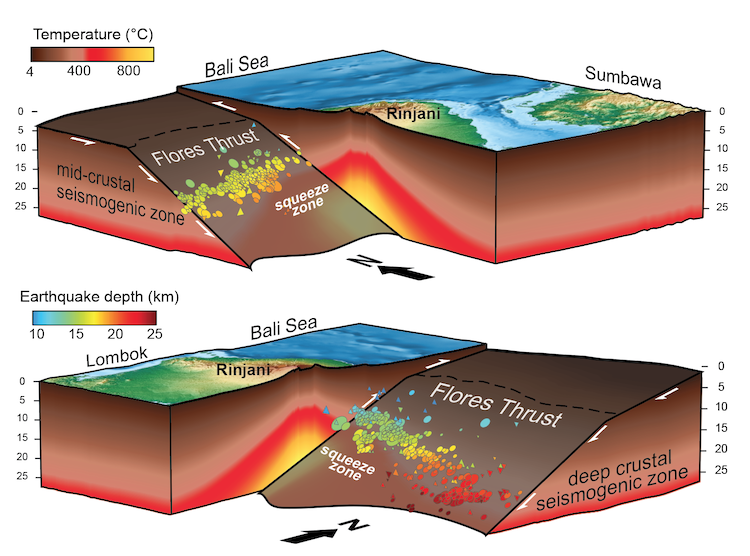A series of deadly earthquakes struck the Indonesian island of Lombok over three weeks in August 2018, causing widespread damage. These earthquakes were unusual because there were two magnitude-6.9 mainshock events that were each preceded by a smaller foreshock, instead of a single mainshock. The complexity of the earthquake sequence caused great anxiety about when another powerful earthquake might occur.
In our study published in the journal Science Advances, we demonstrate how the complexity of this earthquake sequence is due to the influence of Gunung Rinjani, Lombok’s large active volcano, on the geological fault that hosted the earthquakes.

After the first powerful magnitude-6.4 earthquake struck on 28 July, a team of seismologists from the Earth Observatory of Singapore (EOS), Bandung Institute of Technology, Indonesia, and Agency for Meteorology, Climatology, and Geophysics of Indonesia, travelled to Lombok to deploy an array of seismometers. The intention was to record aftershocks, but while the team was deploying instruments, a larger earthquake of magnitude-6.9 occurred.
One of the scientists deploying the instruments, Dr Muzli, recounted his experience in Lombok. “We were on the second floor of the hotel when the first M 6.9 earthquake occurred. After this earthquake we decided to stay outdoors the following nights. People were panicking and escaping from the coastal areas to the hills. We experienced difficulties getting food and travelling around the island due to the landslides, but we continued to deploy the rest of the instruments,” he said.

The deployment team’s efforts paid off – for a month, these instruments recorded valuable seismic data, including both magnitude-6.9 events and their aftershocks. These data eventually allowed us to unravel what had happened below the ground during the earthquakes.
We found that all earthquakes occurred on a geological fault known as the Flores Thrust, which runs below the northern coast of Lombok. Each of the large earthquakes ruptured a different part of this single large fault. The first magnitude-6.4 foreshock occurred in the middle of Lombok’s northern coast close to the volcanic centre, while the following two M 6.9 earthquakes ruptured in opposite directions away from this point. The ruptures and their aftershocks were confined to a narrow depth range – what is called the seismogenic zone.

The earthquake locations recorded by the seismic array showed that the depth of the rupture zone varied significantly. The shallowest earthquakes occurred closest to the volcano, and deeper earthquakes occurred farther away from it.
The deep magmatic system underlying Gunung Rinjani is heating the fault, causing the shallowing of the seismogenic zone. This zone is where rocks are brittle and can fracture, producing earthquakes. Beneath this zone where rocks are hotter, they flow slowly over time in a ductile manner. Where the Flores Thrust has been heated beneath Gunung Rinjani, this transition occurs at shallower depths and the area of the fault that can rupture is smaller. This thermal “squeezing” caused the fault to rupture in a segmented way, which explains why there was a cascade of earthquakes instead of one single very large earthquake.

The uncommon geological situation at Lombok – where a large temperature changes are imprinted on an active fault – has revealed how thermal effects influence the location, directivity, dynamics, and magnitude of earthquakes.
During the Lombok earthquake cascade, it appears that the entire seismogenic zone beneath Lombok island ruptured. There was no resulting tsunami from these earthquakes because they did not rupture to the surface and produced little uplift of the seabed.
However, we must do more work to better understand whether the shallowest part of the fault could also rupture, and whether a tsunami could occur if that happened. We will continue to study this rich seismic dataset for further clues on how faults and volcanoes live together.